The minutes of the March FOMC meeting revealed nothing surprising. Almost all policymakers supported a rate hike even though there were a couple of them pointed to benefits of waiting a bit longer. All policymakers expected inflation to rise in the coming months, showing receding worry on the inflation outlook. Nonetheless, the pick-up in inflation is not enough to alter the projected rate path yet. Regarding the economy, it’s a consensus view that outlook has strengthened in recent month. Meanwhile, a strong majority of the members viewed escalation in trade tension and retaliation by other countries as downside risks for the economy.
The minutes are seen as hawkish in general, but not more hawkish than expected.
After the minutes, pricing of a June hike is little changed. Fed fund futures are pointing to over 95% chance of a June hike.
Little change in USD’s performance too. It’s staying as the weakest one for the week.
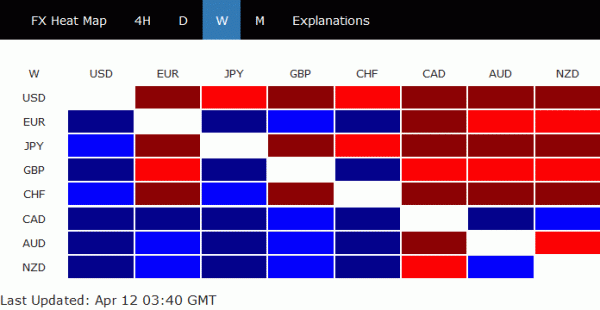 While dollar index weakened notably this week, it’s still staying in range above 88.25. We’d maintain that as it’s close to medium term trend line resistance, breakout is imminent. But probably a little more time is needed for selling to gather momentum.
While dollar index weakened notably this week, it’s still staying in range above 88.25. We’d maintain that as it’s close to medium term trend line resistance, breakout is imminent. But probably a little more time is needed for selling to gather momentum.




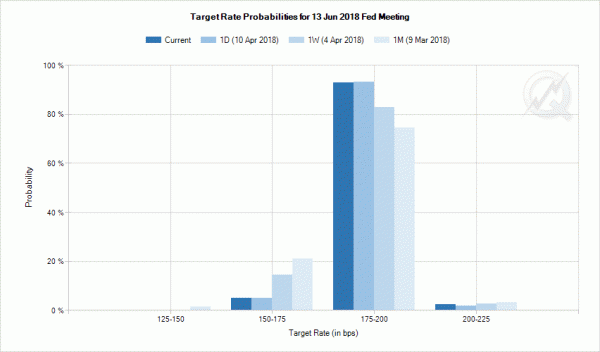
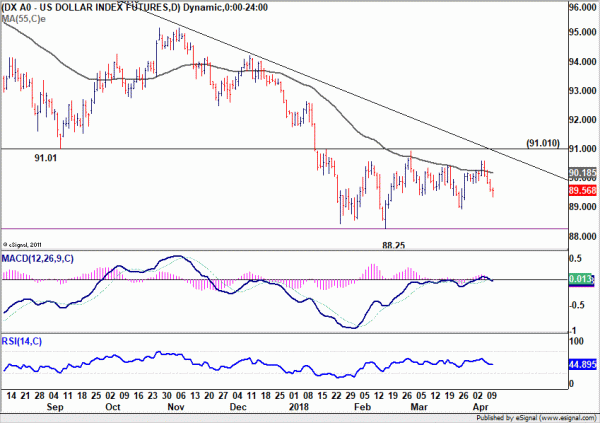
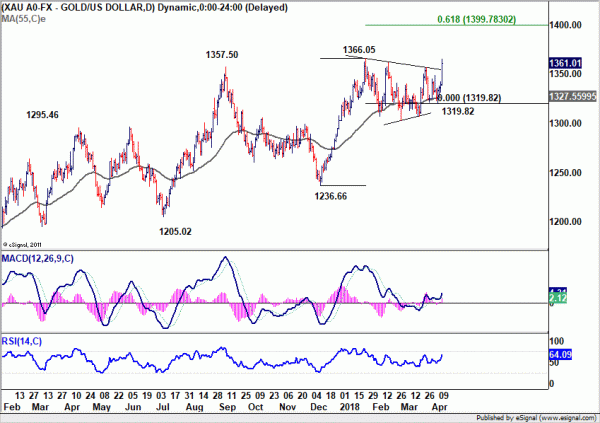
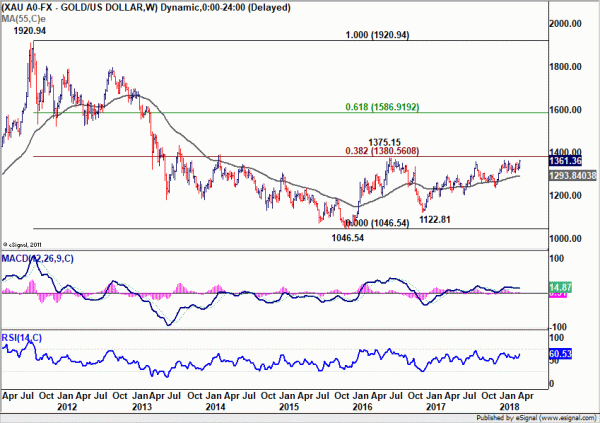
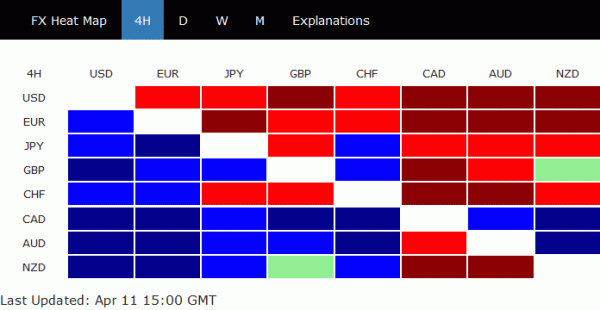
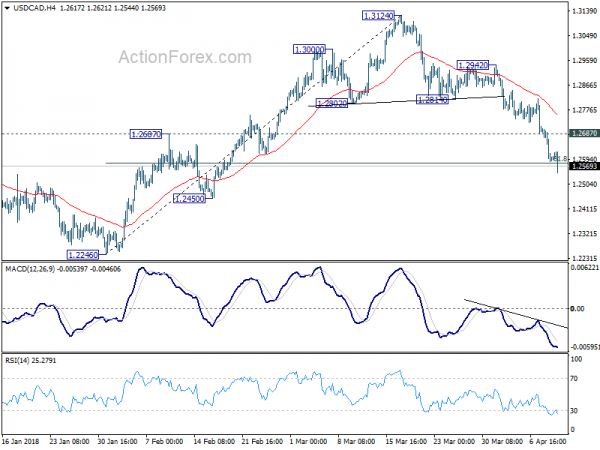
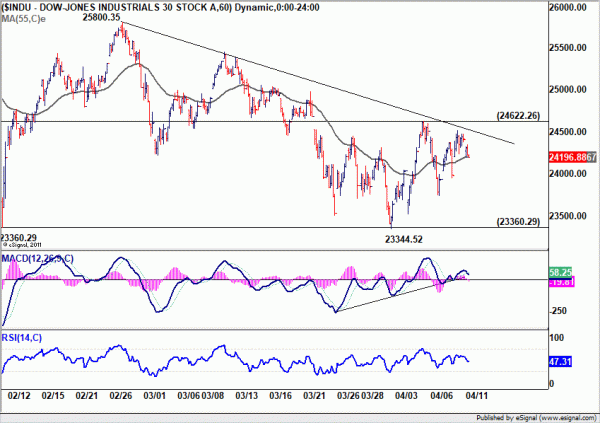
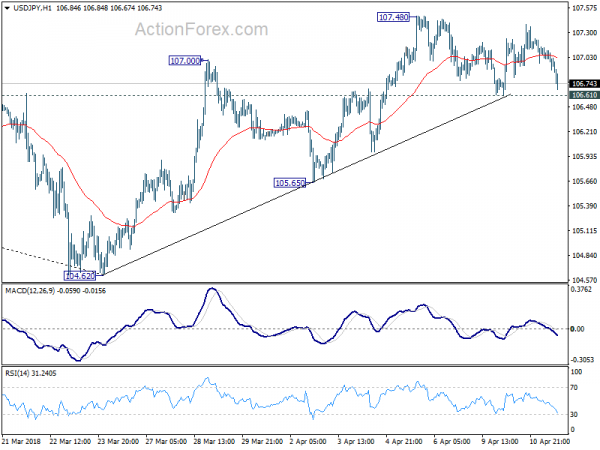
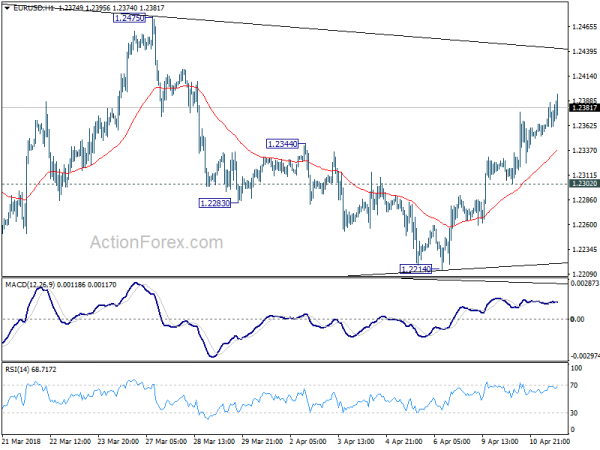
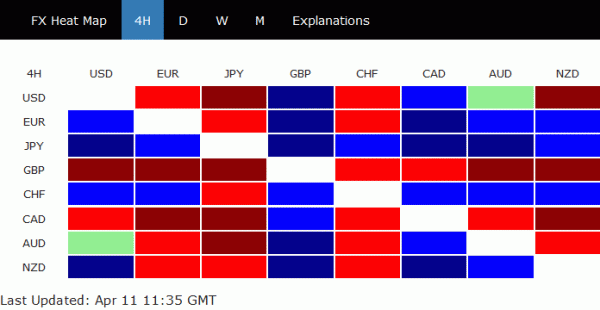
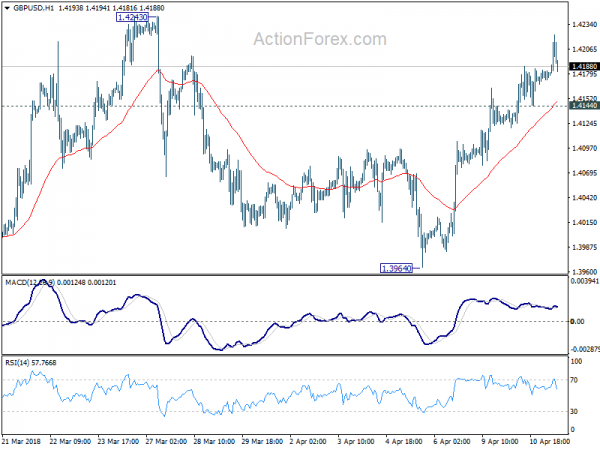
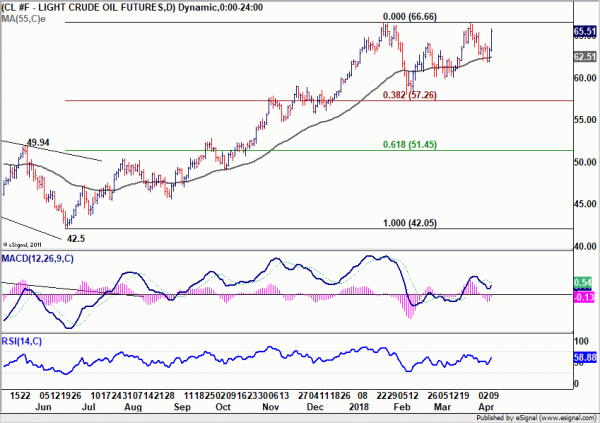
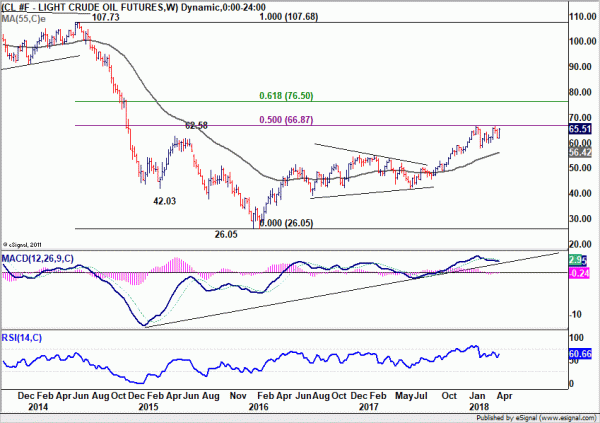
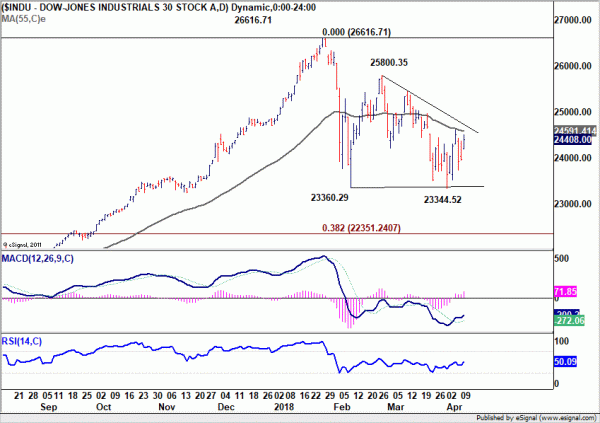
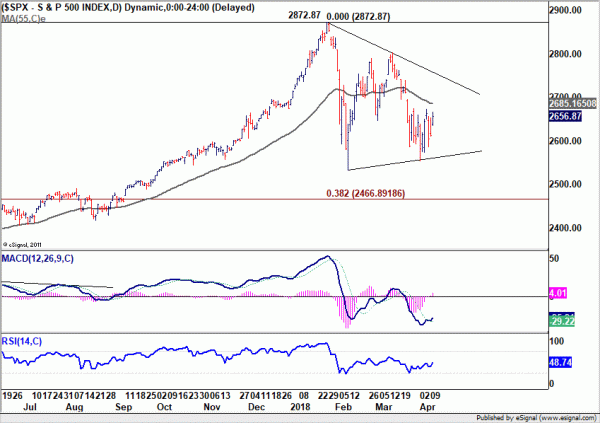
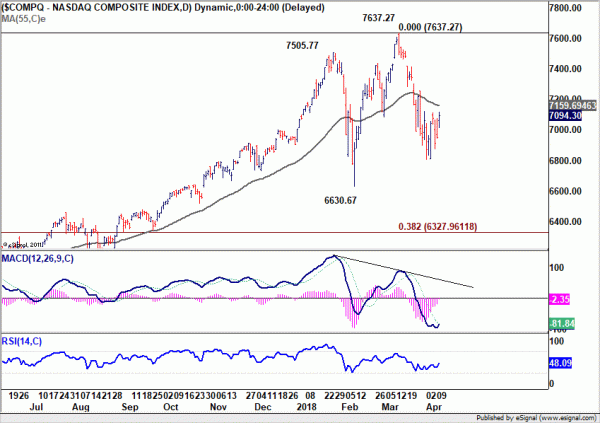
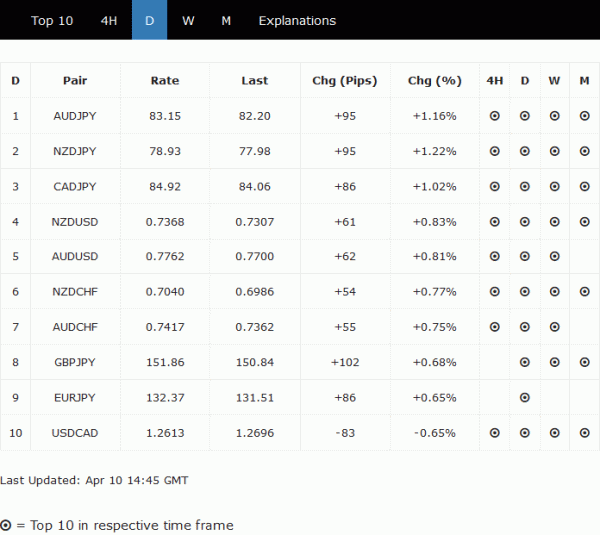
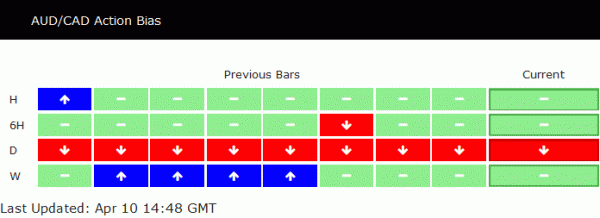
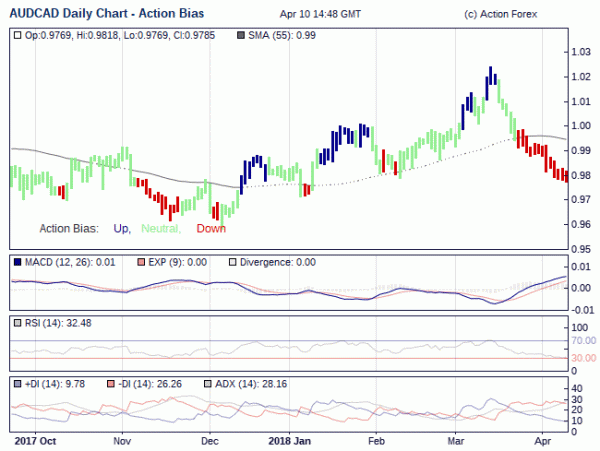
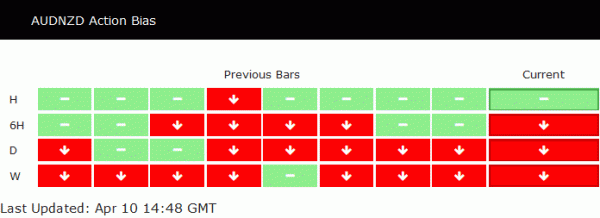
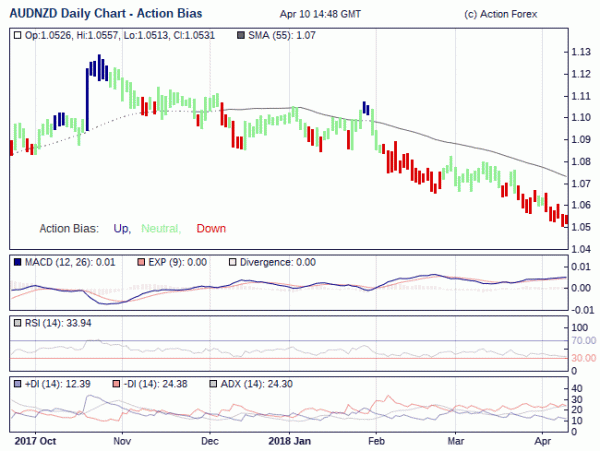
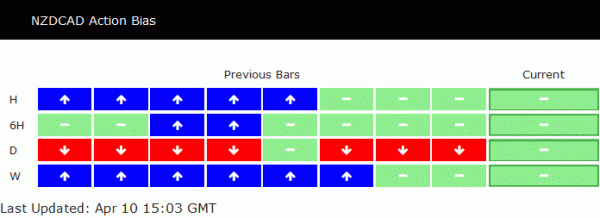
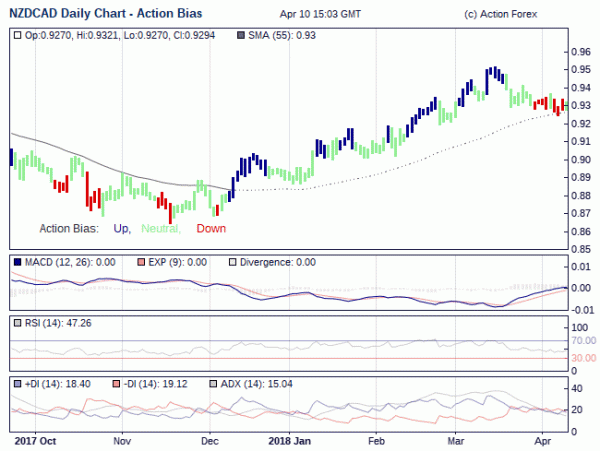
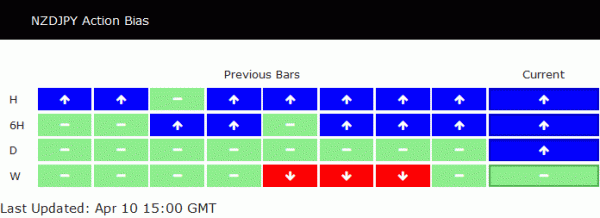
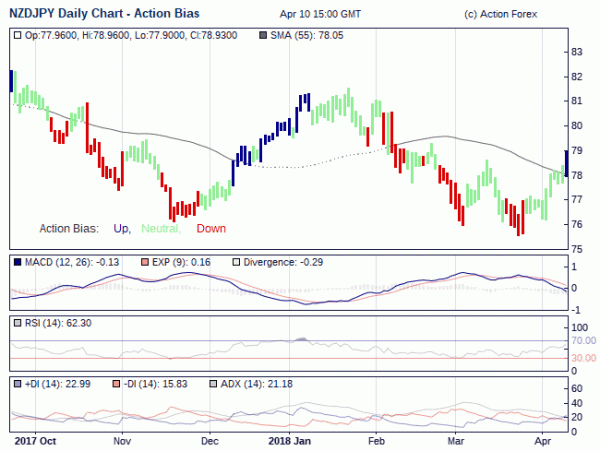
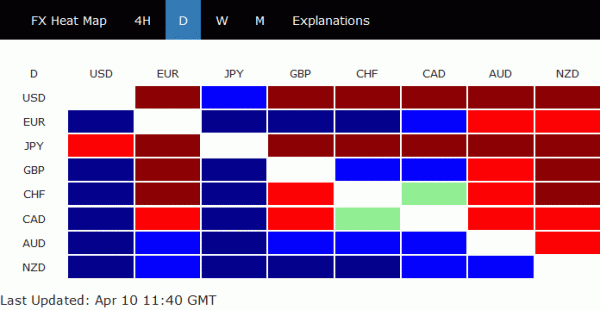
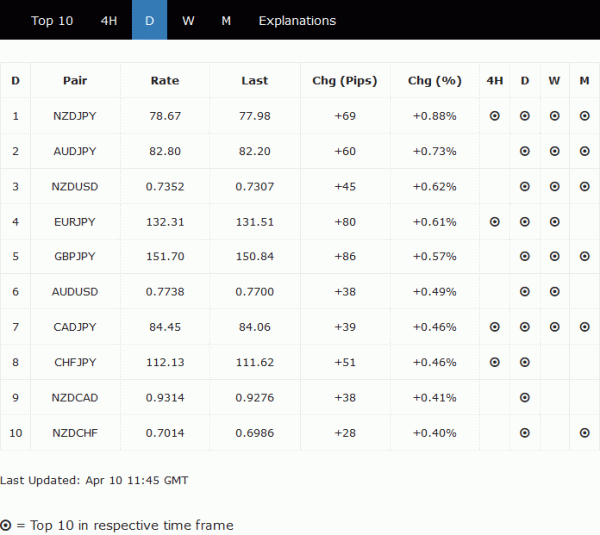
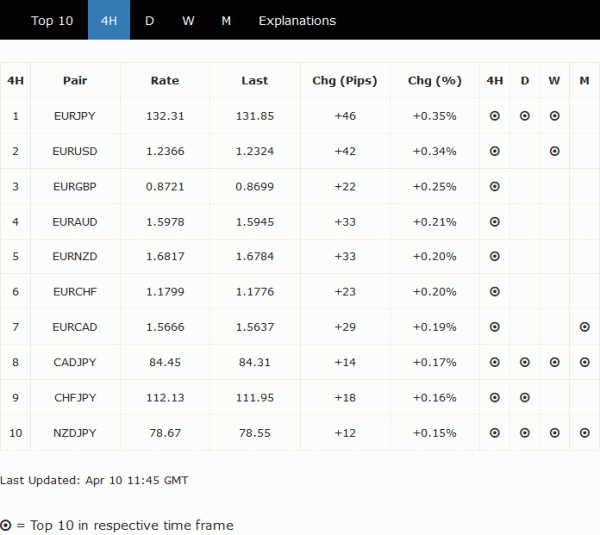


GBP/CHF building momentum for rally extension
We talked about GBP/CHF last week (here) and its rally did extend as we expected. It’s so far reached as high as 1.3640, just inch below 61.8% projection of 1.2219 to 1.3419 from 1.2861 at 1.3647.
While GBP/CHF is not a big mover this week, momentum is still solid. Action Bias table is upside blue all the way with some neutral bars.